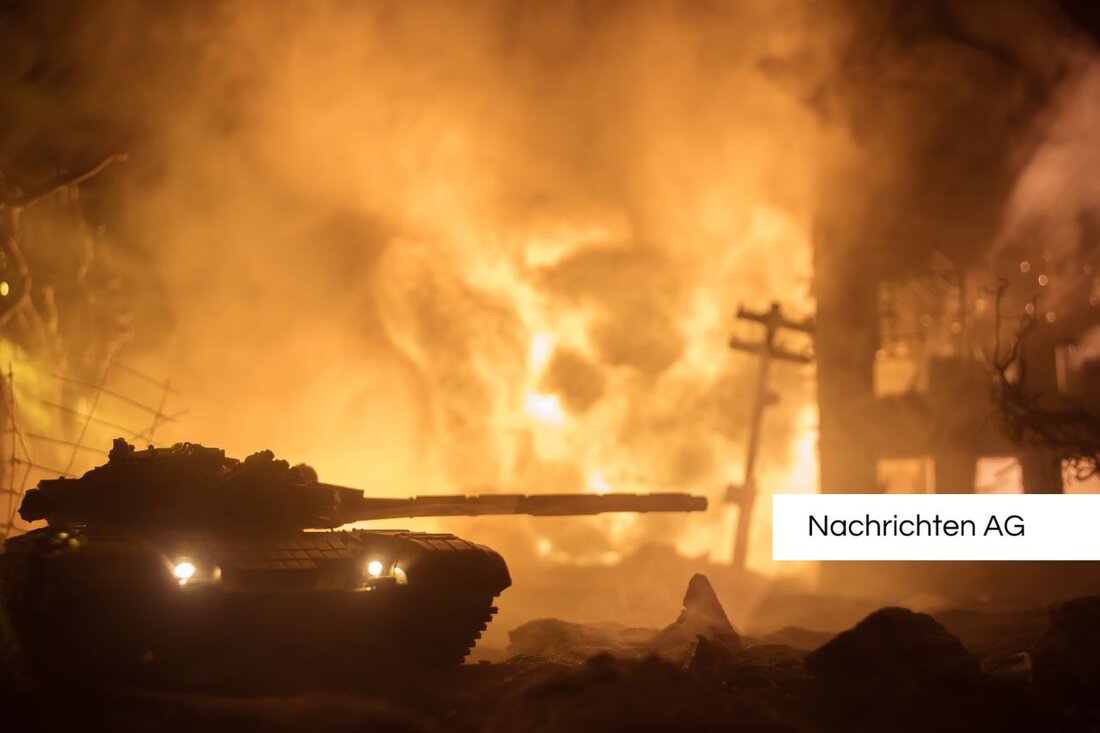The mysterious shadow of the Potsdam conference in Cecilienhof
The mysterious shadow of the Potsdam conference in Cecilienhof
All sorts of historical events took place in Potsdam in the summer of 1945 when the so -called “big three” came together. From July 17th to August 2, Josef Stalin, Harry S. Truman and Winston S. Churchill met in Cecilienhof Castle for the third conference of the Allies, which was to clarify the post -war order of Europe. Organized in the Soviet occupation zone, this event became a tailwind for the geopolitical changes of the coming years. The place itself, the Cecilienhof, was built in the Tudor style at the behest of Kaiser Wilhelm II, and the aesthetics of the castle also play a role in history. The architect Paul Schultze-Naumburg, an important art theorist, had already worked on construction before the First World War. The whole scenery seemed rather modest from the outside, but offered space for the important discussions of the powerful with 176 rooms and a large ballroom. [WELT] reports that Sergei Kruglow, the Soviet Interior Minister, did not hesitate to plant a red star from Geraniums in the Ehrenhof to emphasize the Soviet presence.
The first big challenge was the selection of the conference location. Stalin originally proposed Berlin, but the urban conditions made it impossible to carry out the conference there. The decision was well thought out to go to Potsdam, which finally became back for the western delegations. Security was a central concern, especially for the American President Truman and the British Prime Minister Churchill. General Floyd L. Parks, who was responsible for the security measures, found that the garden around Cecilienhof was well protected and was available to acceptable accommodations nearby.
important topics and resolutions
The reason for the meeting was none other than the end of the Second World War and the subsequent surrender of the German Empire, offered the opportunity. A central concern was the reorganization of Europe and the future of Germany. There were intensive discussions about reparation issues and territorial questions, especially with regard to the German eastern border. Stalin led high reparation claims that were accompanied by tensions between the Allies. These challenges culminated in the fact that Truman rejected the use of German areas as a means of pressure.
The decisions of the conference included a number of measures for democratization, demolitarization, denazification, decartellization and decentralization of Germany. An important topic was the agreement on the proper and human transfer of the German population from the areas of Poland, Czechoslovakia and Hungary, which soon turned into violent displacement. The final determination of the German eastern borders, which provides for the time being recognized the Oder-Neisse line, also ensured long-lasting conflicts in the region. [Tagesspiegel] emphasizes that the Potsdam conference did not lead to a formal contract, but only represented a summary of compromises that marked the division of Europe in the influence of the Soviet Union and the western powers.
The long shadow of the conference
Another milestone in conference history was the skillful integration of France, which included the decisions on August 7, 1945. These decisions and discussions from Potsdam created the basis for the emerging block formation in the Cold War and the new balance of power in Europe. In particular, the tensions about the in the GDR and the Federal Republic, the tensions about the according to the war order and the fate of Germany gave the impetus to a split perception in the GDR and the Federal Republic. [HDG] summarizes the important topics and their effects in the post -war period.
| Details | |
|---|---|
| Ort | Potsdam, Deutschland |
| Quellen | |


Kommentare (0)